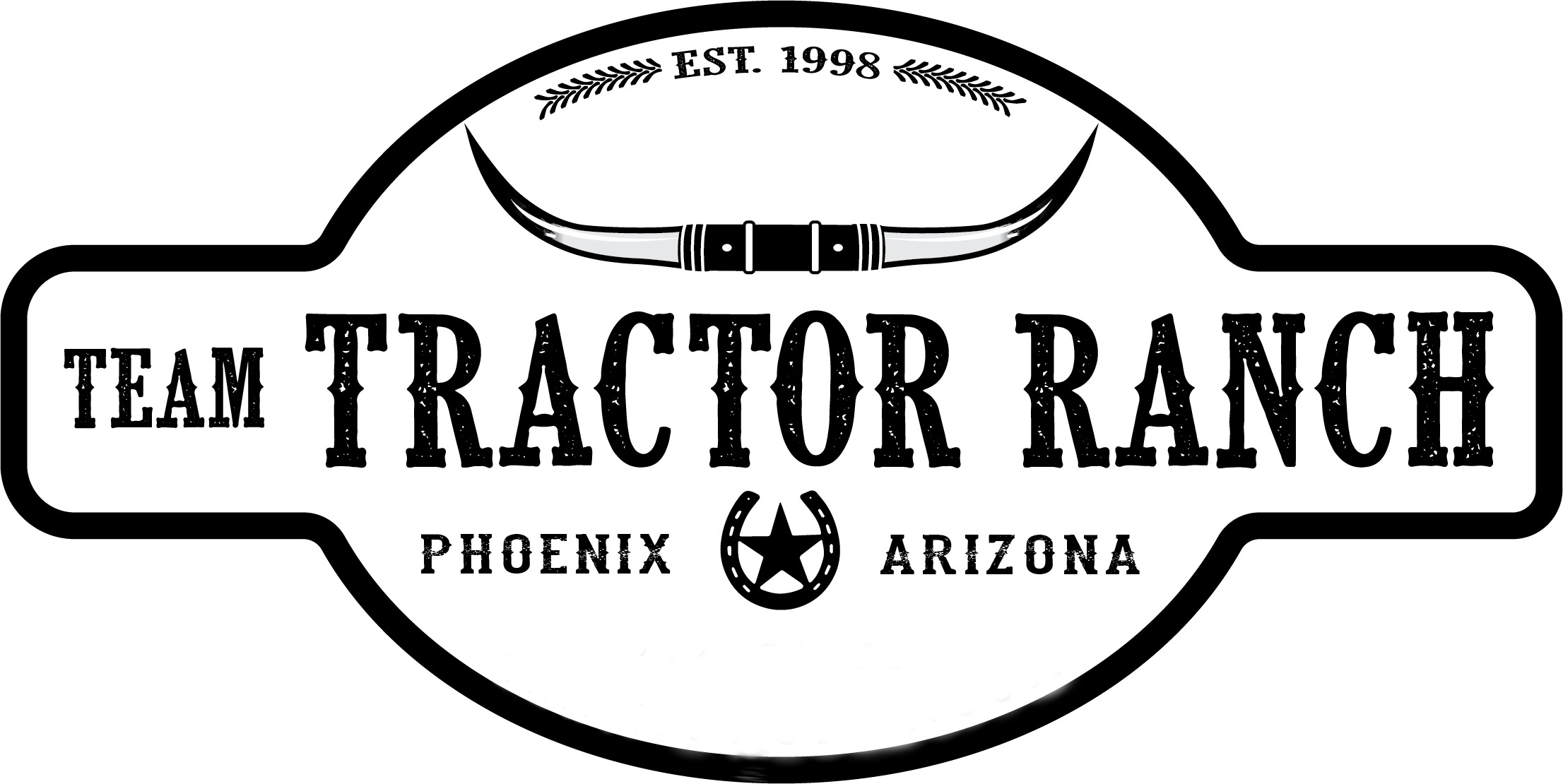Winter is Coming. Prepare your tractor
Plants, Pets, And Tractors … may require some extra care when the temperature drops and jack frost pays his annual visit. All tractors owners should consider the proper precautions to take to ensure that tractor is ready for winter.
Fuel gelling. What is this?
Fuel gelling is what happens when conventional diesel or bio diesel fuel reaches a low enough temperature called the gel point. Gel point temperature may vary depending on the diesel fuel blend, how much water is in the fuel and other factors, but normally the gel point is around 0°F or -17°C. When diesel fuel reaches its gel point temperature, the fuel freezes, turning into a wax-like substance and ceases to flow properly through the fuel lines. When this happens, your tractor either won’t start, or won’t keep running when it does start. If your tractor is experiencing these issues during warm weather, it most likely caused by a different issue than fuel gelling.

How to prevent gelling?
Several methods are available to prevent fuel gelling. One is to house your tractor in a climate-controlled barn or garage that never reaches freezing temperatures. If you don’t have this luxury, you may need to add winterizing fuel additive to your fuel already in the tractor fuel tank. If you choose to add an anti-gelling fuel additive to your fuel tank, make sure you let the engine run for several minutes to allow the additive to reach all the fuel lines, especially the fuel filter. The fuel filter is the most exposed area containing fuel and is often the first location in the tractor’s fuel system to suffer from fuel gelling.
How to treat fuel gelling?
Fortunately, clearing up a problem with gelled fuel is usually very simple. Just warm up the entire tractor. In some cases of fuel-gelling the tractor may limp along until you can get it into a warmer area, like garage or barn. If fuel gelling has you stopped in your tracks, you may need to drain the fuel filter and refill the filter with room temperature fuel. This should dissolve any gel that may have gathered on the filter. Another option to service a fuel filter with gelled fuel is to carefully warm the fuel filter itself until the gel dissolves. This will take more time. Ideally, remove the filter and take it somewhere warm until you see the gel has dissolved.
Number 1 or Number 2?
A little background on diesel fuel - No. 1 diesel is more refined than No.2 diesel. It is similar to jet fuel and more like a solvent than No.2 diesel. It is less likely to gel compared to No. 2 diesel.
To help diesel fuel users deal with winter conditions, some geographic areas use a mixture of No. 1 diesel and No. 2 diesel in the winter time. Typically, the area you live in will sell what is needed to match local winter climate conditions. In regions with the most severe winter cold conditions, like North Dakota and Minnesota, fuel sellers may be at times providing 100 percent No.1 diesel. This may be the only way you can operate diesel powered machinery reliably in extreme cold.
However, No. 1 diesel fuel has less energy (fewer BTUs) per gallon that No. 2 diesel so your fuel efficiency decreases when using No. 1 diesel. This is the reason you do not want to run No.1 diesel in your truck or tractor year-round. For example, in a test, a diesel-powered truck’s fuel mileage dropped to 5 MPG using No. 1 diesel. Normally the truck achieved 10 MPG using No. 2 diesel.
Thank you Yanmar America for this article!
www.teamtractor.com - The Best Machines for the Best People!
